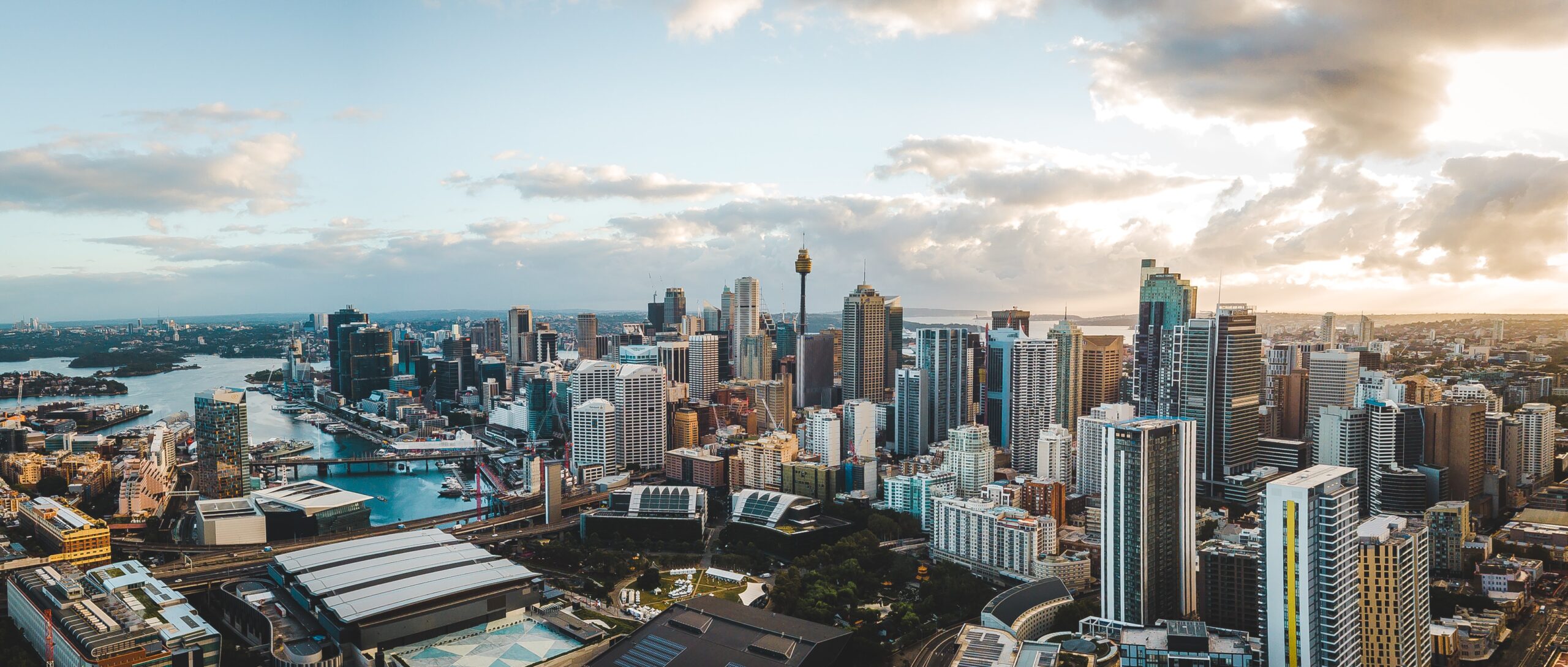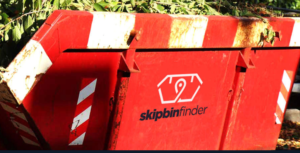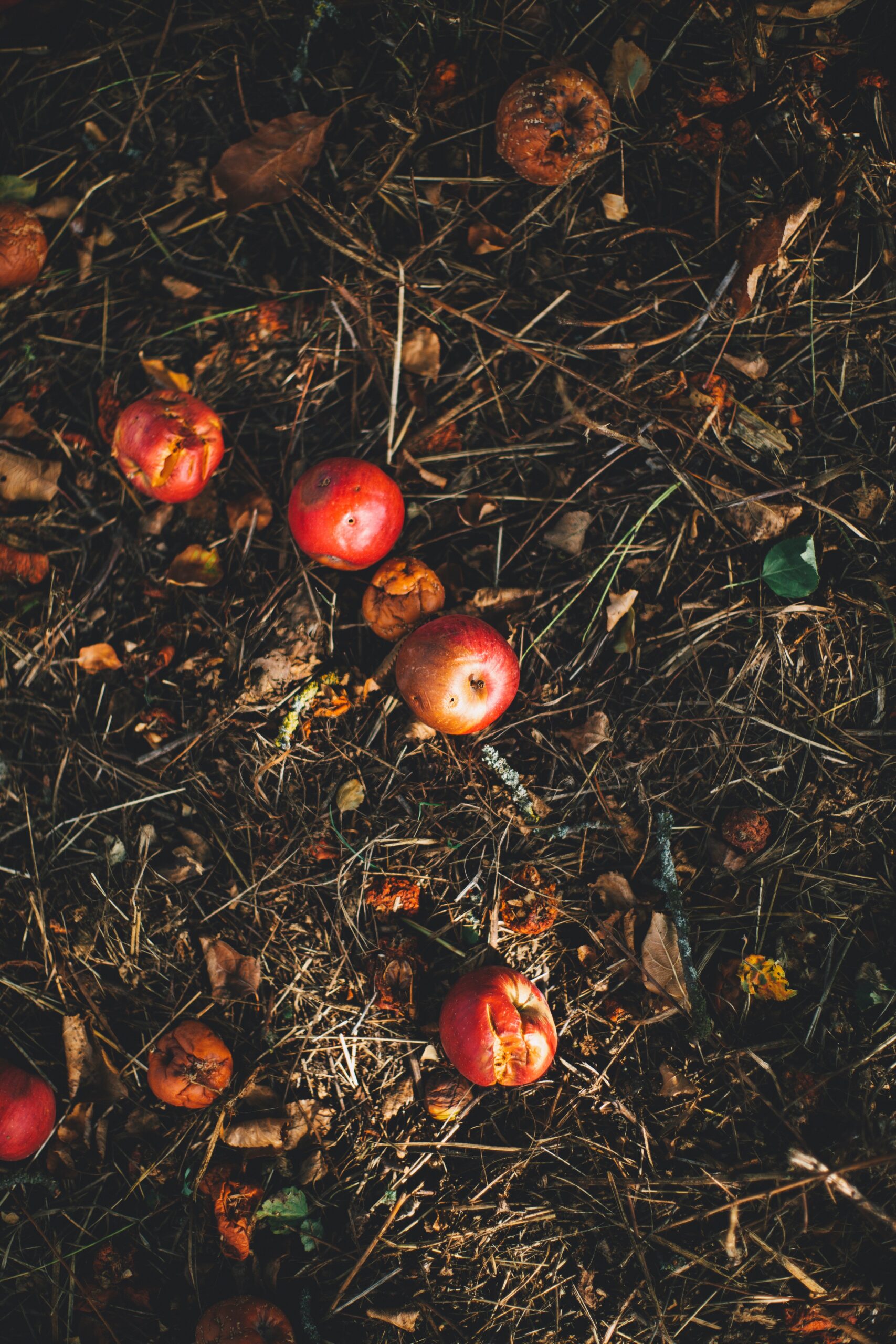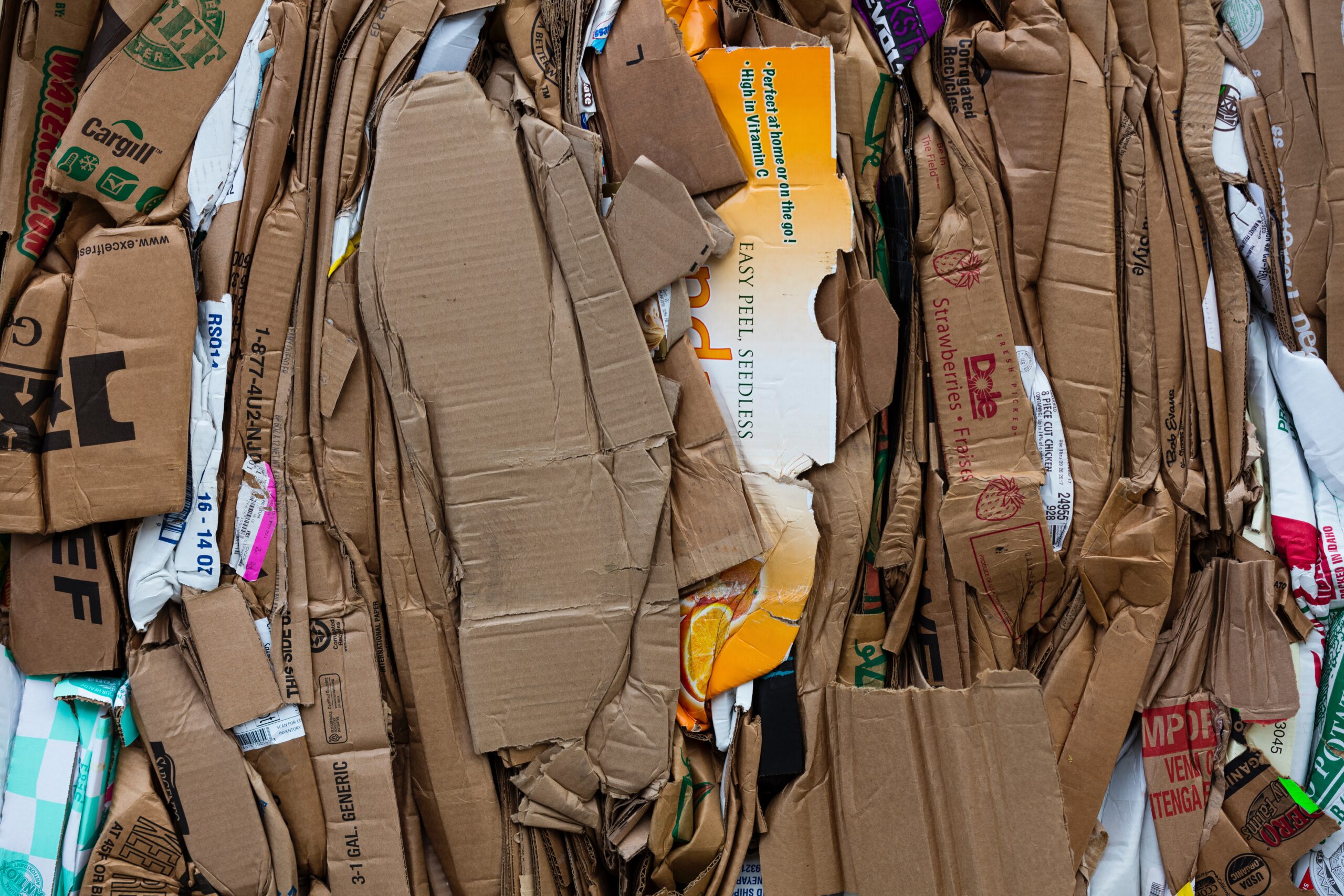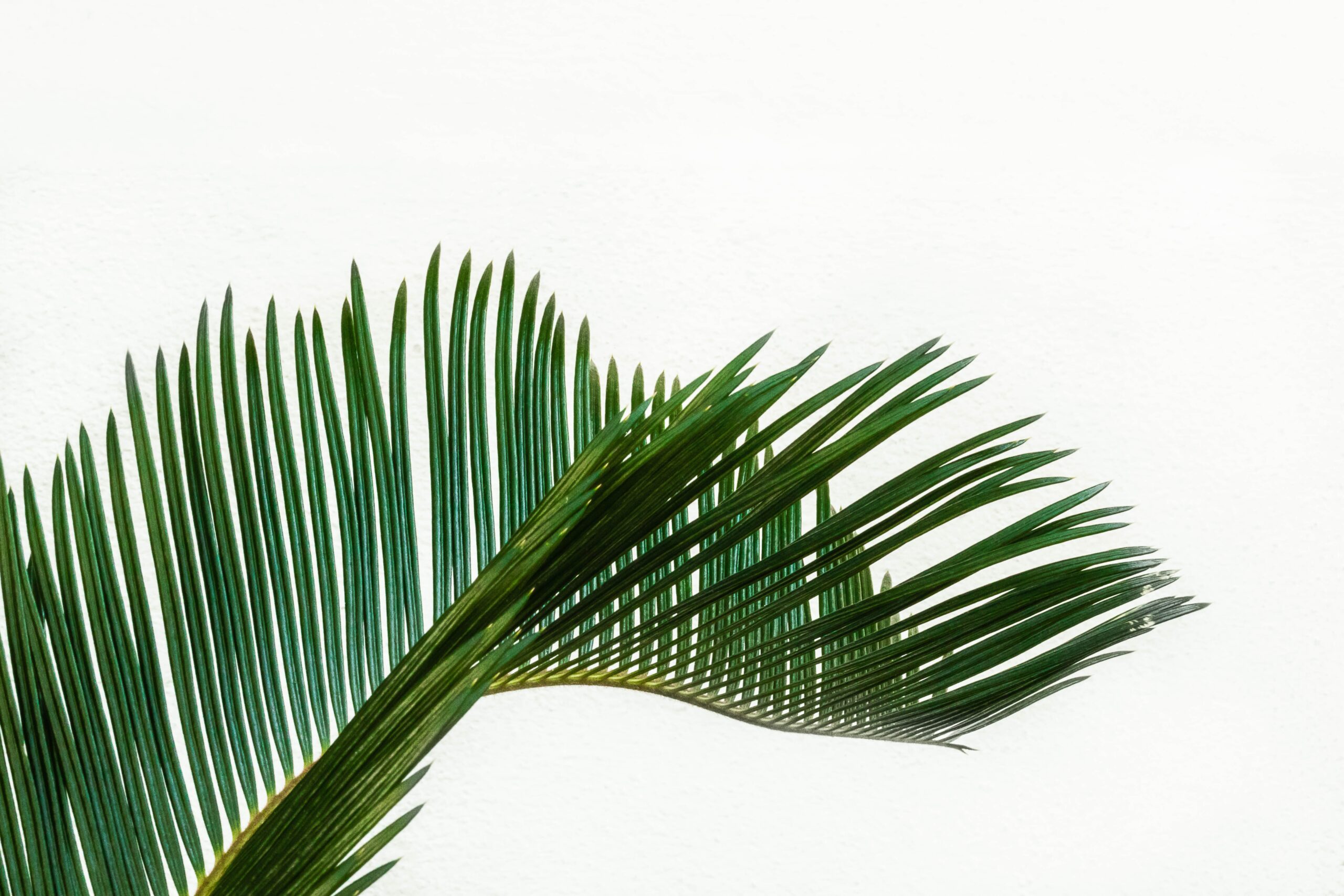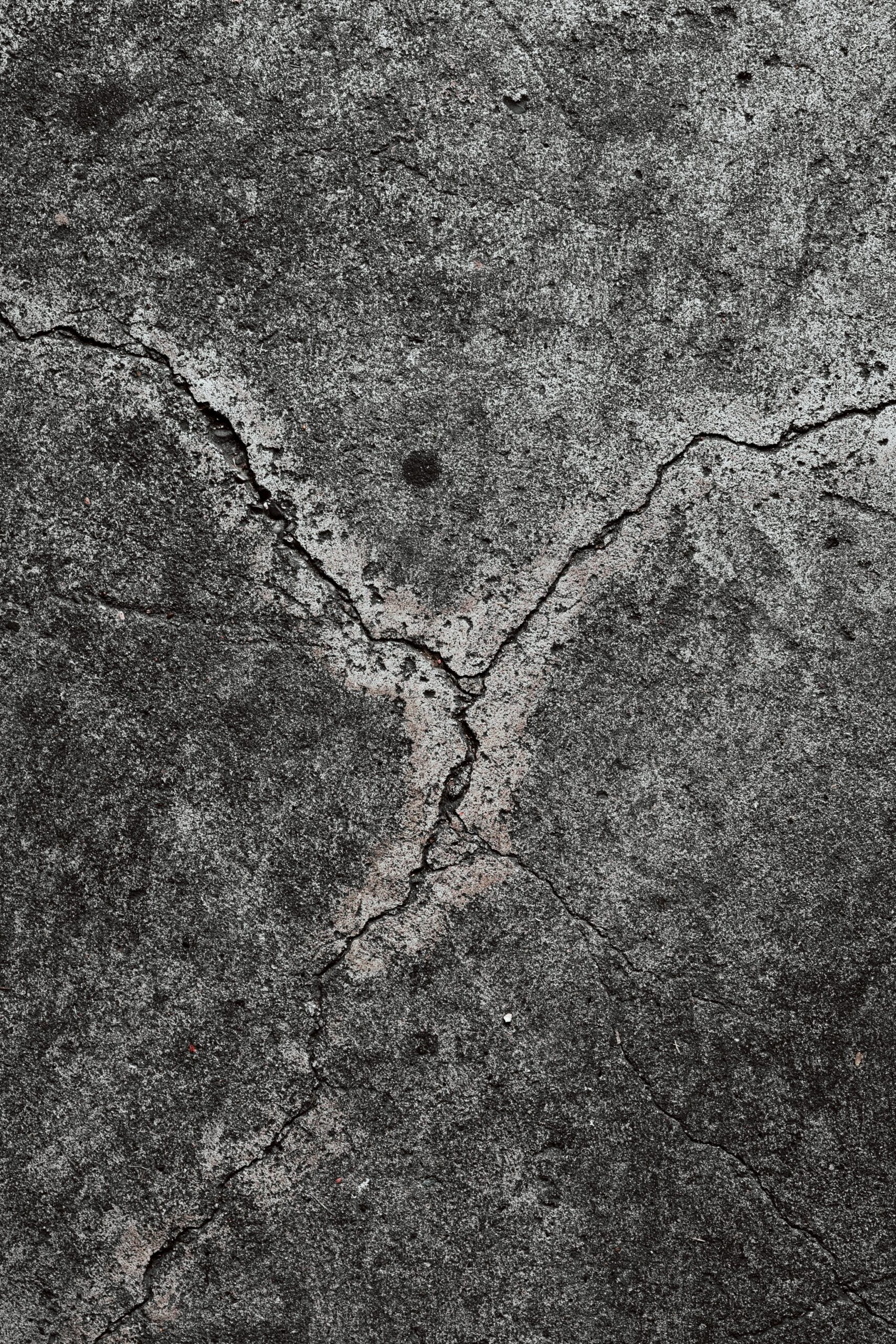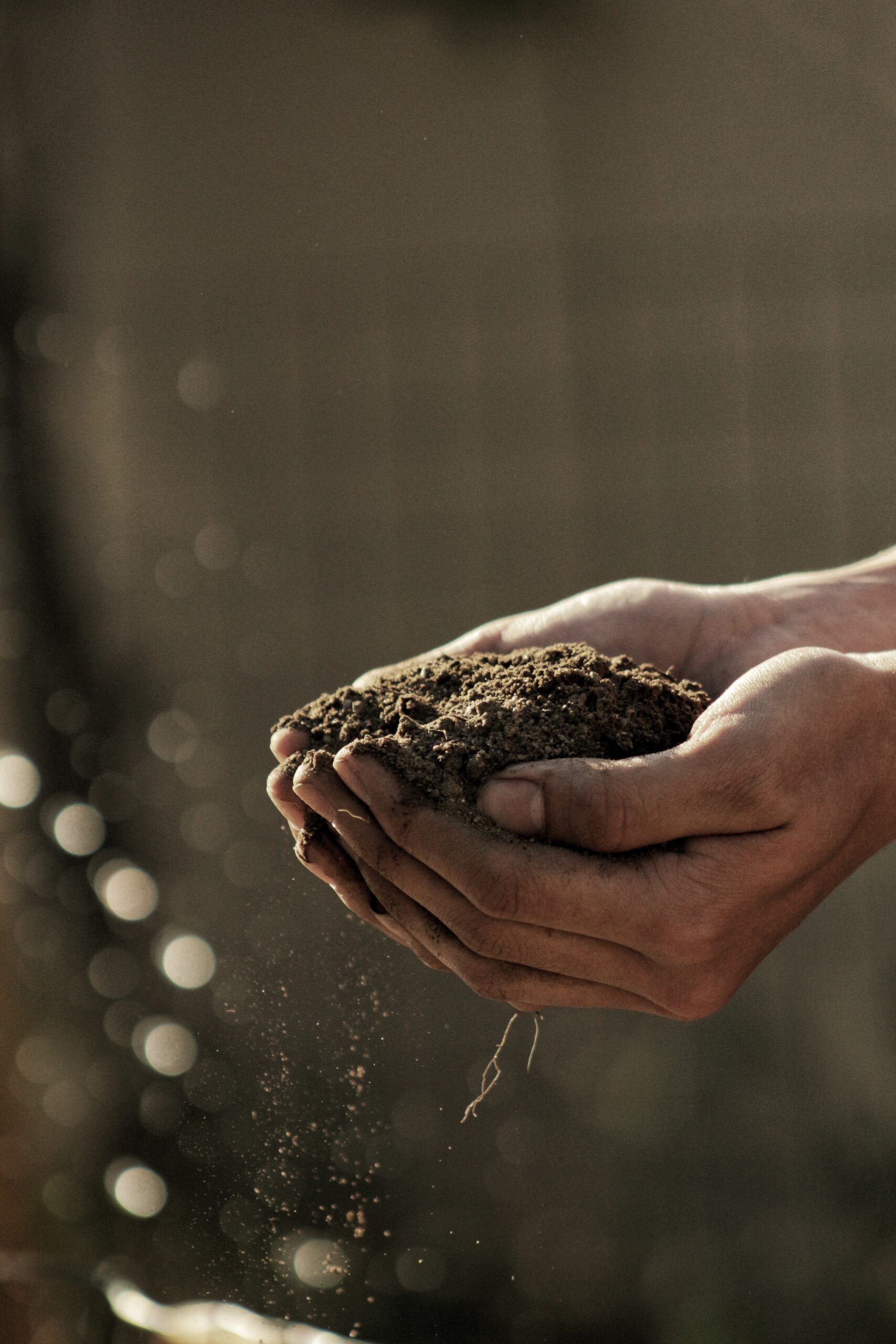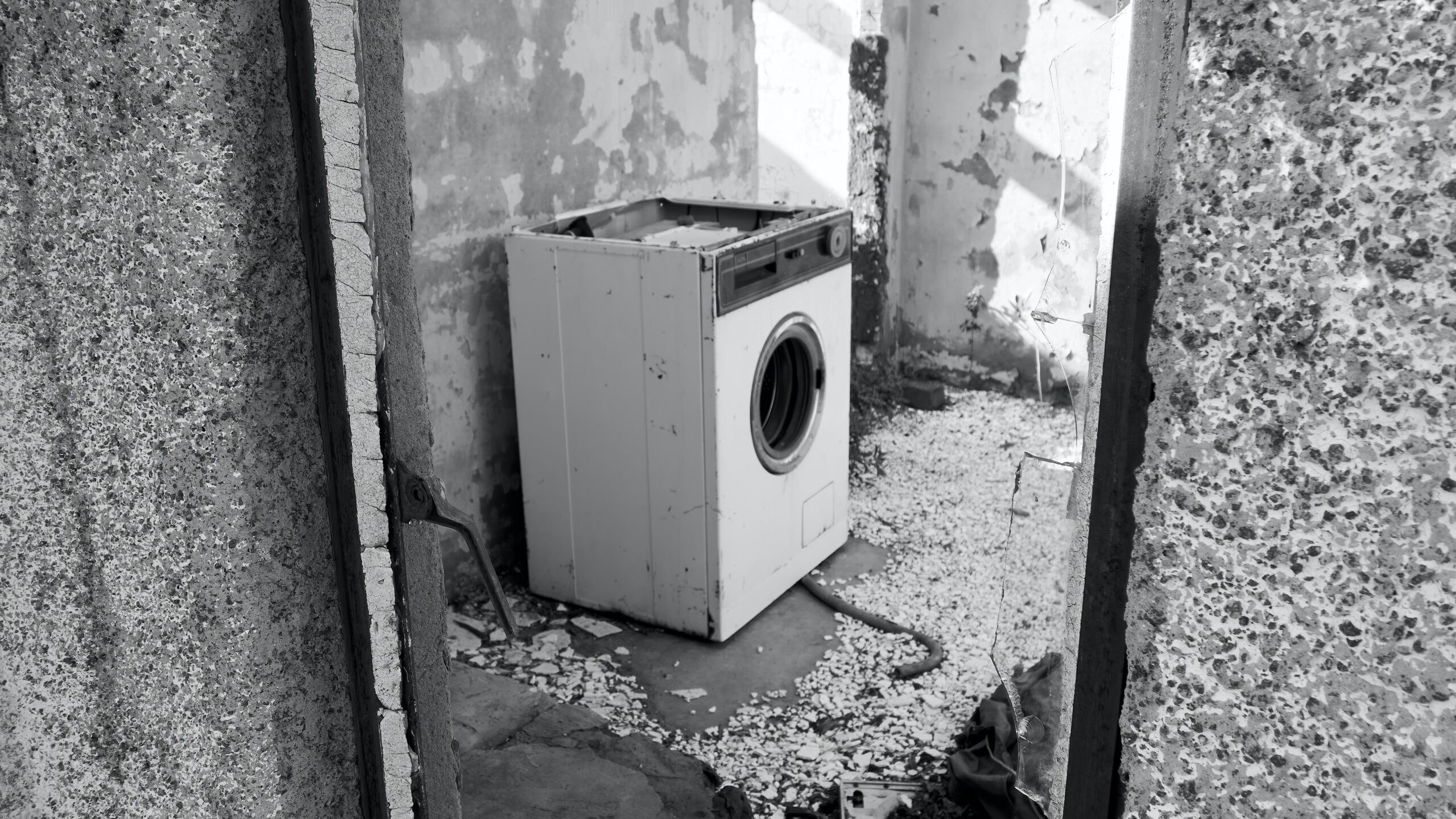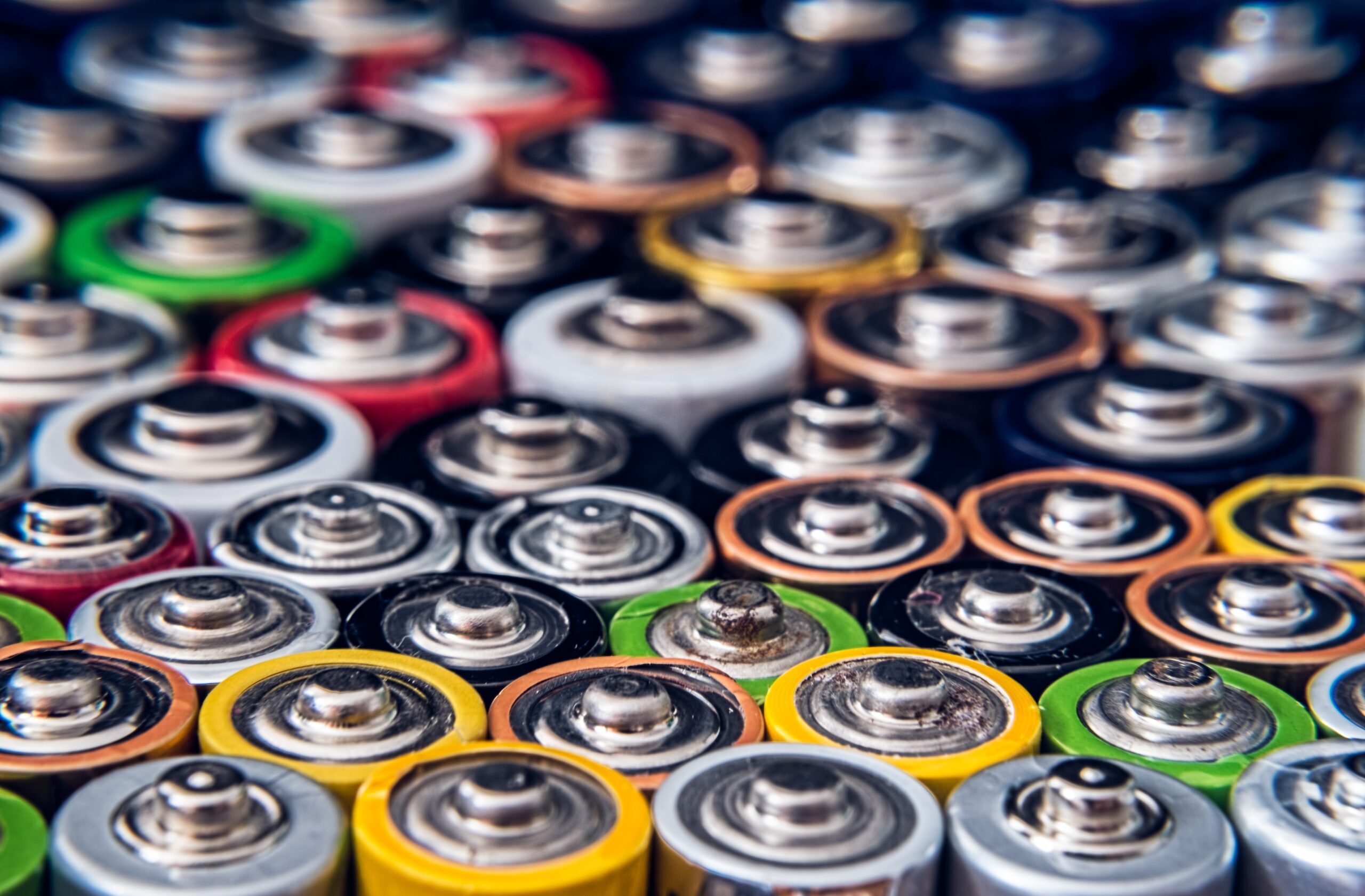Guaranteed Next Day Delivery!
What Can you Put in a Skip Bin in Sydney?
A guide to what can be put in skip bins in Sydney – and what can’t
If you’re thinking of hiring a skip bin in Sydney, you’ll probably have some questions. This guide aims to answer all your questions in terms of what can and cannot be put into a skip bin.
Skip bins are ideal for rubbish removal because you can put all sorts of waste into them. Things like concrete, old furniture, timber and much more.
In addition, there are certain guidelines regarding waste types and which sorts can and cannot go into skip bins.
There can be some confusion about certain types of rubbish, this is especially true for people who are new to using skip bins.
Here at Skip Bin Finder, we have an expert team and a booking system designed to make the process simple for everyone.
This booking system has been created to offer users the most comprehensive way of selecting the correct skip bin for their needs.
So, before you read on – rest assured that even if you’re new to booking skip bins in Sydney, you won’t need to worry too much when you book.
Different skip bins for different waste types
It’s important to note that most skip bin suppliers offer different skip bins with each meant for different waste types.
The reason for this is because the contents of skip bins is recycled if that’s possible.
If we accepted all waste in any skip bin, it would render a lot of waste un-recyclable because it would be contaminated with other waste types.
For example – a green waste skip bin may only be used for green waste. Then, the contents can be removed from your property, taken to a recycling plant and turned into compost.
This is an ideal situation. It’s an example of circular recycling which is a great way to reduce energy spent on processing rubbish.
Similarly, soil and dirt skip bins are only for soil and dirt. This soil can be taken away and used in places where there is a need for infill on land which is being repurposed.
So when you book a skip bin, take note of the different types of skip bin on offer and consider which one is best for your needs.
A breakdown of different skip bin waste types
To ensure that the different skip bins are clearly explained, here’s a breakdown of all the types we offer here at Skip Bin Finder.
General waste skip bins are a very popular option. They’re the kind which most householders might book when they are moving house or having a big clear-up.
General waste skip bins are available in a variety of sizes so there’s something for everyone.
Household waste
Clothes, paper, cardboard, bedding, towels, kitchenware, bathroom accessories, duvets, cushions
Light commercial waste
Office furniture such as desks, desk tidies, chairs, stationery.
Furniture and Appliances
Cupboards, lounges, washing machines, cots, beds, fridges, chairs, sofas
Light building construction waste
Wood, flooring, wallpaper
Light green waste
Shrubs, grass, foliage, leaves, twigs
Although this type of skip bin is very useful, there are a few things which you cannot put in them.
What Can’t you Put in a General Waste Bin?
Hard heavy materials
Bricks, sand, concrete, tiles, clay, stones
Soil or soil with turf attached
A soil-dirt bin is required for this waste
Palm tree trunks, tree trunks, roots or turf
a soil dirt bin is required for this waste
Synthetic grass
Carpet must not be disposed of in this bin in NSW
Asbestos, insulation, food, wet paint, empty chemical containers, liquids or putrescible
What can go in a green waste skip bin?
These skip bins are ideal for garden renovations and for building projects which might necessitate pulling out a lot of plants or cutting down trees.
Green waste skip bins are suitable for the following –
Light green waste
Shrubs, foliage, grass clippings, leaves, twigs
Small branches, leaves and palms fronds
Woodchip and bark – there must be no soil attached to either
Tree trunks – The diameter must be smaller than 150mm and under 500mm long to meet the requirements
Untreated timber – please contact us to enquire how to dispose of treated timber
What Cannot Go In A Green Waste Bin?
Hard heavy materials
Bricks, sand, concrete, tiles, clay, stones
Large tree trunks
Trunks that are larger than 150mm in diameter or over 300mm long are not permitted in this bin
Palm tree trunks and/or large tree roots
Hazardous materials that must not be placed in this bin include:
Asbestos, insulation, food, wet paint, empty chemical containers, liquids, or putrescible
What can you put in a concrete/brick skip bin in Sydney?
These skip bins are ideal for building projects and renovations that produce a lot of hard waste. Read on to learn the dos and don’ts for concrete/brick skip bins.
What Can Go In A Concrete/Brick Waste Bin?
Bricks and/or bricks and mortar
Concrete – any concrete must be no bigger than 600×600
Roof tiles
Floor tiles
Pebbles
Rocks
Stones
What Cannot Go In A Concrete/Brick Waste Bin?
General, green or excavation waste
Soil or turf – all soil must go in a soil/dirt bin
Palm trees and fronds
Sand, soil and dirt is strictly prohibited and must be exposed in the soil/dirt bin
Hazardous materials that must not be placed in this bin include:
Asbestos, insulation, food, wet paint, empty chemical containers, liquids, or putrescible
What can you put in a soil/dirt skip bin?
These skip bins are ideal for building or gardening projects where there has been a significant amount of soil or dirt displaced. This can happen when new garden beds or lawns are added or when a new building is erected or torn down.
What Can Go In A Soil/Dirt Waste Bin?
Soil/dirt and clay that is naturally occurring.
What Can Not Go In A Soil/Dirt Waste Bin?
Vegetation that takes up more than 10% of the bin
Any general waste – please get a general waste bin for this
Contaminated soil
Manmade materials
Hazardous materials that must not be placed in this bin include:
Asbestos, insulation, food, wet paint, empty chemical containers, liquids or putrescible
This bin is strictly for soil or dirt and no other waste can be disposed of via this medium
Waste that comes from domestic, commercial demolition, construction or renovation
Hardfill waste
Bricks, concrete, tiles – all pieces must be no larger than 600×600
Treated timber
Retaining walls, decking, floorboards, fences, sheds
Household waste
Clothes, paper, cardboard, bedding, towels, kitchenware, bathroom accessories, duvets, cushions
Furniture and Appliances
Cupboards, lounges, washing machines, cots, beds, fridges, chairs, sofas
Green waste
Shrubs, foliage, grass clippings, leaves, twigs, bushes, palm trees
Tree trunks
Trunks must be smaller than 300mm in diameter and under 300mm long
What Can Not Go In A Mixed Waste Bin?
Asbestos, insulation, food, wet paint, empty chemical containers, liquids, or putrescible
Waste that cannot go into any skip bin
You may notice that some things show up on the list of what cannot go into this skip bin for every single type.
That’s because these waste types are too hazardous for skip bins, or they require specialist removal services.
The things that cannot go into skip bins in Sydney include the following.
- Asbestos
- Insulation
- Food
- Paint
- Oil
- Chemical containers
- Any liquids
- Batteries
Asbestos is never allowed in an ordinary skip bin. It should not be handled or removed by anyone other than a qualified professional.
If you suspect asbestos is in your waste, please immediately call a professional asbestos removal service.
As for the other things such as oils, paints and batteries, most NSW councils offer various options for safely disposing of these potentially hazardous or flammable materials.
Choosing the right skip bin
Choosing the right skip bin in Sydney shouldn’t be difficult if you familiarise yourself with the lists above.
If you are in any doubt, please get in touch with our team to ask questions. We have been in the business for many years and are always happy to share facts and offer support.
Skip bin tips and facts
If you’re new to using skip bins, you’re sure to have a few questions. Here are some commonly asked questions and advice on how to get the most from your skip bin hire.
Where do I park the skip bin?
The best place for a skip bin is on your property. This is because, in this way, you won’t need a permit from your local council.
Placing the skip bin on your land also ensures you are the only person to use it. Skip bins on public land are open to abuse from passers-by and neighbours who may try to use the skip to dispose of their waste.
Choose a spot close enough to your rubbish that you don’t need to carry it for long distances. Choose a flat area so that using a wheelbarrow is easy.
How long can I keep a skip bin?
As long as you want. If you need a skip bin for a day or two, select those dates when you book. Longer is fine, too. Here at Skip Bin Finder, we do offer long-term skip bin hire. This is ideal for shop owners, restaurants, and large organisations with a steady stream of waste.
Permanent or long-term skip bin hire is where the skip bin is taken away regularly and swapped for a new, empty vessel.
It’s very convenient for busy businesses and organisations.
How do I fill a skip bin?
Rather than randomly throwing things into a skip bin, take care and place things in with thought. The best way to fill your skip bin is to add flat items first.
This might include planks or old doors and parts of broken-down furniture. Lay these things flat at the base of the skip bin. It’s better than propping them up as if you do. You will create pockets of space that cannot be filled with other waste.
When adding other items, think about how the things will fit in around what’s already inside. It’s like a puzzle. By carefully adding items, you will fit far more inside.
Booking skip bins for home use
If you need a skip bin for your home, it’s very easy to manage. Consider where you would like the skip bin placed in advance. In addition, try to be at home during delivery.
Moreover, make sure you choose a period when you’re around so you can take your time to fill it up. If you need to place the skip bin outside of your property, you will need a permit.
It’s also nice to let your neighbours know in advance just in case they have any plans that might be affected.
Finally, to book your skip bin, simply visit our booking page, enter your postcode, and choose a skip bin type. Lastly, select a day for delivery.
We’re always here to answer any questions you may have.

